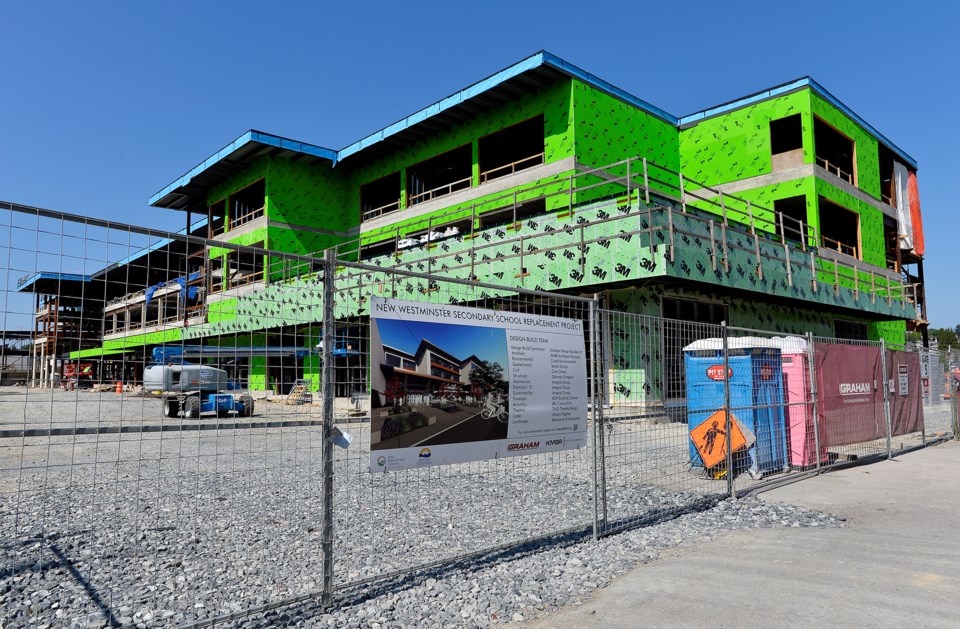A pair of new policies could see the New Westminster school district move away from naming schools and facilities after people, instead looking at meaningful historic events and Indigenous culture and history.
The school board’s operations committee unanimously approved a recommendation from staff to replace the current policy on naming facilities, administrative procedure (AP) 541.
That policy states that the names of new schools “are to reflect one or more of the following: historic places; historic events; special characteristics of the area; long-term residents; and/or people who have made a significant contribution to the city or neighbourhood community. Furthermore, school names are to relate to the immediate area in which they are located.”
That policy, if passed by the full school board, would be replaced by two new policies, including AP 541 on naming new schools and facilities and AP 542 on renaming schools and facilities.
“The district is committed to reconciliation and decolonization of the district’s physical structures within the public landscape of the traditional and unceded territories of the Qayqayt and Coast Salish peoples,” reads the background of the revised AP 541.
Both new policies share a set of seven guiding principles, which include not naming buildings after people, but giving names that are “meaningful and reflect local historic events and/or places and distinguishing characteristics of the area.”
“The relationship between the school building and the land on which it is located is important in the naming process.”
When looking at names that acknowledge Indigenous history and culture, “it is necessary to seek early engagement and involvement with the appropriate Indigenous communities,” one of the guiding principles states.
The school district would also develop a communication plan to “support understanding the history and significance” of the facility’s name, as well as teaching the proper pronunciation of the name.
When naming a new school, the school district would strike a naming committee, which would include a school board trustee, a district Aboriginal co-ordinator, a director of instruction or associate superintendent, a PAC representative, a school administration rep, union reps, up to two Indigenous members, up to two local community members and up to three student advisory reps.
According to a staff report, the matter arose from an October 2018 correspondence with the Tsilhqot’in First Nation on the renaming of New Westminster Secondary School. School board passed a motion in March instructing staff to come up with a new policy on the matter, leading to the recent report.
The matter will now go to school board for full approval or any required tweaking.



